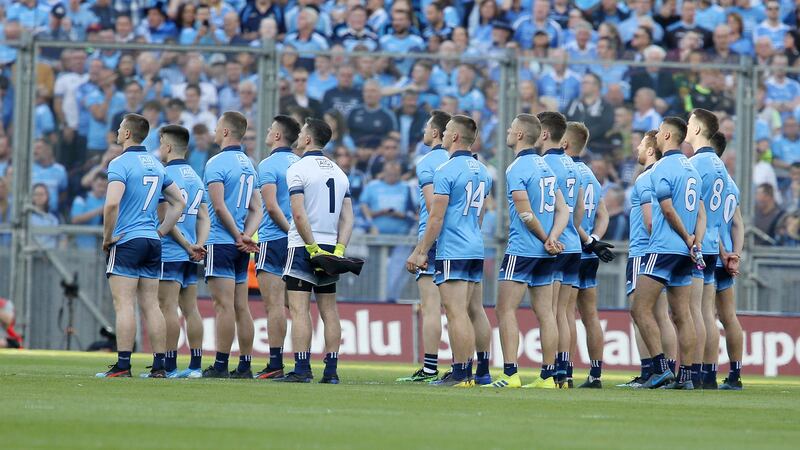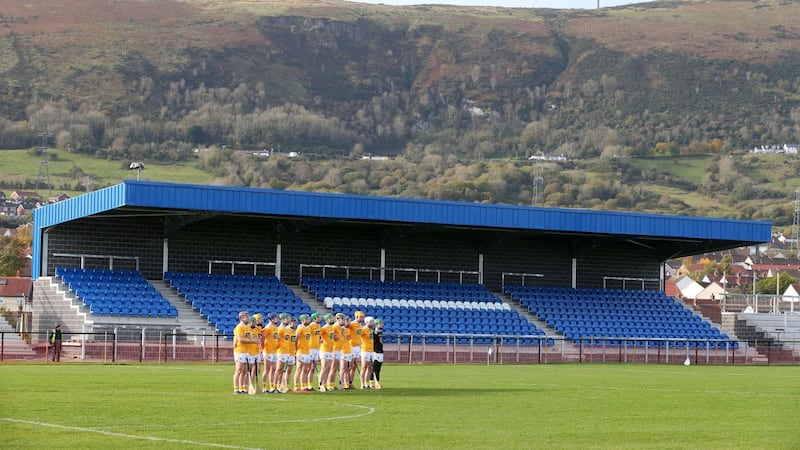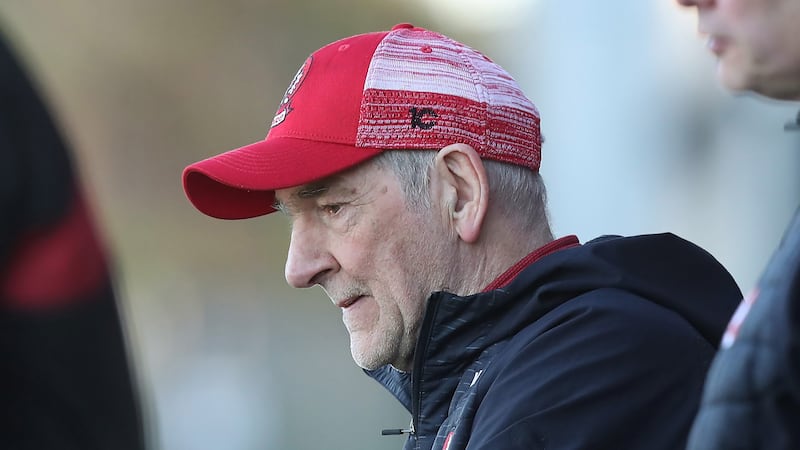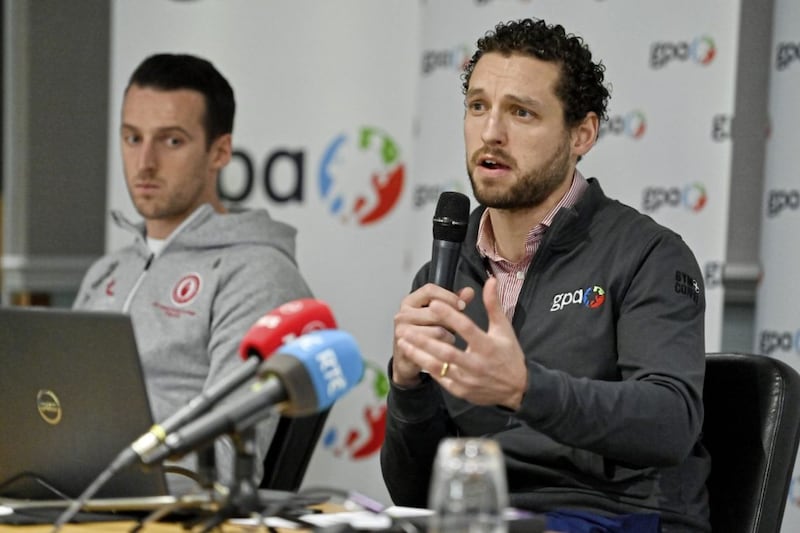THE GAA has hailed record central revenues of almost E74m, with rising Championship attendances, and greater investment in clubs, players, and coaching during 2019.
However, its Director-General Tom Ryan has warned about the dangers of the spiralling spend on preparing inter-county senior teams, which reached almost E30m last year.
Ryan labelled such outlays as not only “unsustainable” but also “not desirable”, arguing that money could be better spent on coaching, clubs, facilities, and so on.
On the bright side, 2019 gate receipts increased by E6.5m to E36m, helped by three main factors – ticket price increases, greater attendances, and the All-Ireland Football Final replay, which alone accrued around E3m.
Croke Park stadium’s financial distribution to the GAA rose by E2.5m to E10.5m, and that E2.5m increase went towards more investment in Games Development, which rose to E13.5m.
Yet at the launch of his Annual Report for 2019 Ryan commented: “The GAA’s financial landscape is becoming increasingly pressurised, and nowhere is that more apparent than at county level.”
Suggesting that “funding needs to be routed through the correct county channels, with the appropriate controls and oversights”, he added that “a properly functioning Finance Committee is essential in every county.
“But given the scale of monies involved at county level, I feel that counties should look to establish an Audit & Risk Committee to provide oversight of the financial controls and procedures that are in place and to bring a further degree of independent review, and objectivity to the county’s operations.”
Ryan’s main concern, though, lies with the amounts spent: “My principle financial misgivings are not revenue-related, however.
“The combined cost of preparing and fielding senior inter-county teams for the 32 counties came to €29.74m in 2019. This was an increase of 11.6% over the previous year, a trend that simply cannot continue.
“Counties have largely managed to grow their incomes this year to keep pace with increasing costs. Indeed, the overwhelming majority of counties returned surpluses this year. But that is not the point.
“This is not sustainable in the long-term – or even in the short-term if we experience an economic reverse.
“Quite apart from being unsustainable, it is not desirable. Yes, counties will invariably secure the funds they need, but at the cost of immense pressure on the officers.”
Ryan argues that the huge amounts spent on senior teams come at a cost in other areas of the Association:
“This outlay represents a huge proportion of our collective resources. So, the other unseen cost is all of the other GAA plans in a county that are foregone or neglected – coaching, club support, facilities and so on.”
How to curtail such spending is the perennial problem, as Ryan acknowledged:
“The solution may well lie with rules and spending caps. I am hesitant only because our track record with similar rule-based enforcement around county teams is mixed.
“The origins of these costs are many. The scale of professional expertise engaged with teams is ever-increasing, and the size of panels similarly. There is a responsibility at national level too with the extent of the inter-county season.”
Even if caps on spending may be unworkable, Ryan says the central GAA can still effect change: “The things that we can do here – we can influence the calendar, make a more concise season with a definitive closed season, for example, that would reduce some of the costs.
“If we can bring about a system where we have a defined number of players on panels that too would bring down some of the costs.
“There needs to a collective buy-in from every county, to make sure they all prepared to sign up to these things.
“The solution has to start with a collective recognition that we take collective responsibility and start to reverse the trend now.”
In that regard, Ryan did sound a note of cautious optimism, however, saying: “We’ve had a really good dialogue over the past six months with county chair-people, looking at things we might all do collectively regarding how the inter-county game is structured. We’ll facilitate that, continue that discussion, and see where we go with that”.








